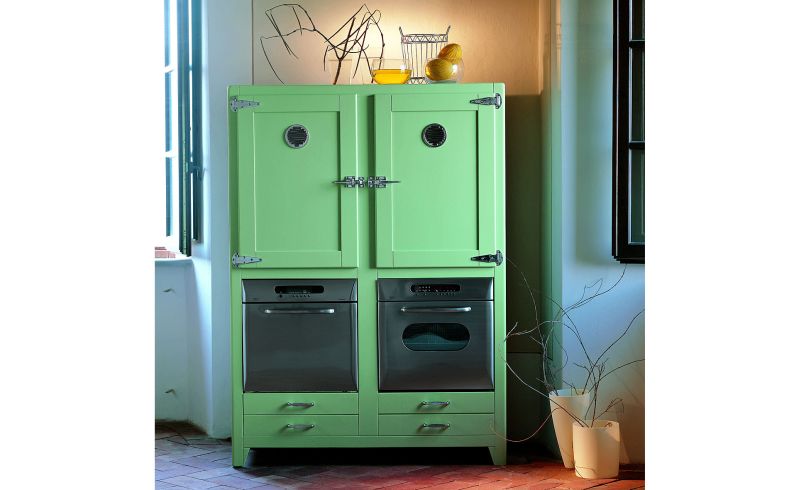It’s great to have a home full of smart gadgets like smart thermostats, lighting, security cameras, smart appliances but controlling all separately through their apps is a big hassle. Smart hubs were designed with the purpose of controlling all the smart gadgets in your home with one controlling app.
It behaves like the universal remote but for all the intelligent things in your home, and your smartphone is the control. The advantage of smart hubs is that they help to save time and effort and free up a lot of storage space on your phone, as you no longer need different apps to run your smart devices.
Some hub hardware are simple that connects to the net and adds other connections made wired or wirelessly, and others have cameras that function as security units. Read on to find out more about some popular smart hubs:
Samsung SmartThings
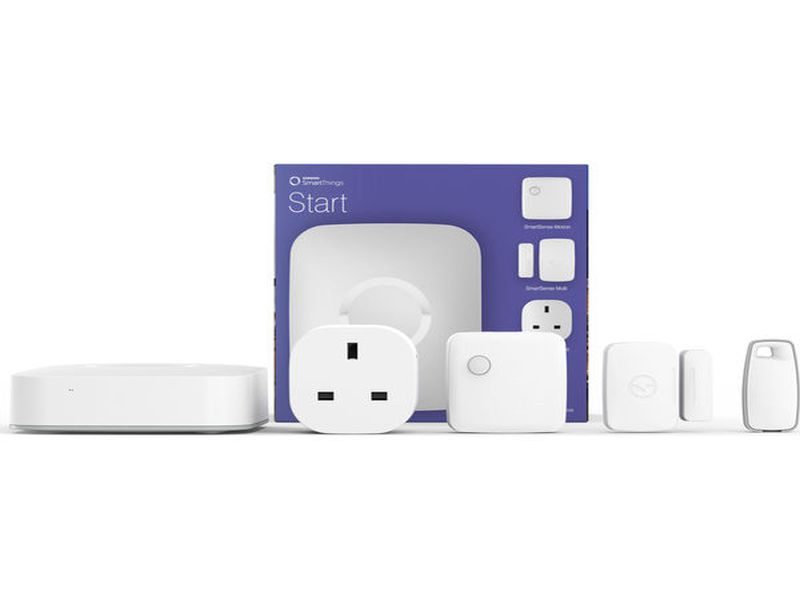
Samsung SmartThings connects to about 200 devices, and allows you to create different combinations for all the gadgets in your home. It has battery backup, which is of course, convenient when the power goes out. The SmartThings hub will also be available with Samsung’s SUHD televisions, if you don’t want to buy the standalone hub device.
The SmartThings hub is easy to install on your own, and pairing the hub with other smart devices is also problem free, to a large extent.Once you set it up, you will have access to a smarthome system which can detect when someone is home, switches on or turns off your lights and the thermostat, acts as an interface to your home entertainment system, and alerts you if there is something amiss. Also, for techies who are familiar with IFTTT, SmartThings will be easier to set up and create more algorithms.
Wink Hub 2
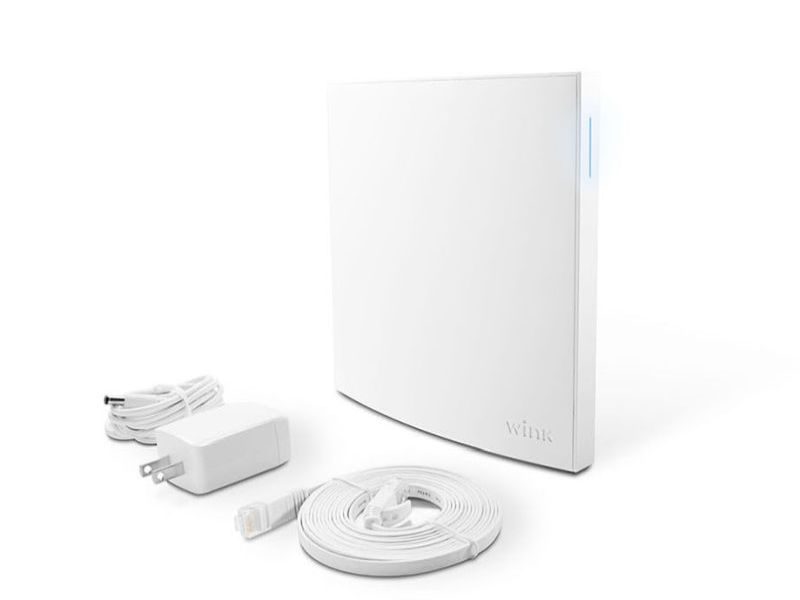
Wink’s 2nd generation hub can connect to multiple smart gadgets, like Kidde, Lutron Clear Connect, Zigbee, Z-Wave devices. It connects to Bluetooth LE and has inbuilt support for the Thread interface from Google. Wink can be connected to the home network through wifi, instead of a wired connection.
This lets you place the hub in your preferred location in the house. It also lets some gadgets to be paired simply by scanning the barcode. You can connect with smart locks, bulbs, thermostats, Amazon Echo and Nest Cam. It is a user friendly hub with a modern dashboard, allowing direct access for sensors and devices, and shortcut buttons to be created by the user for frequently used functions.
Insteon Hub
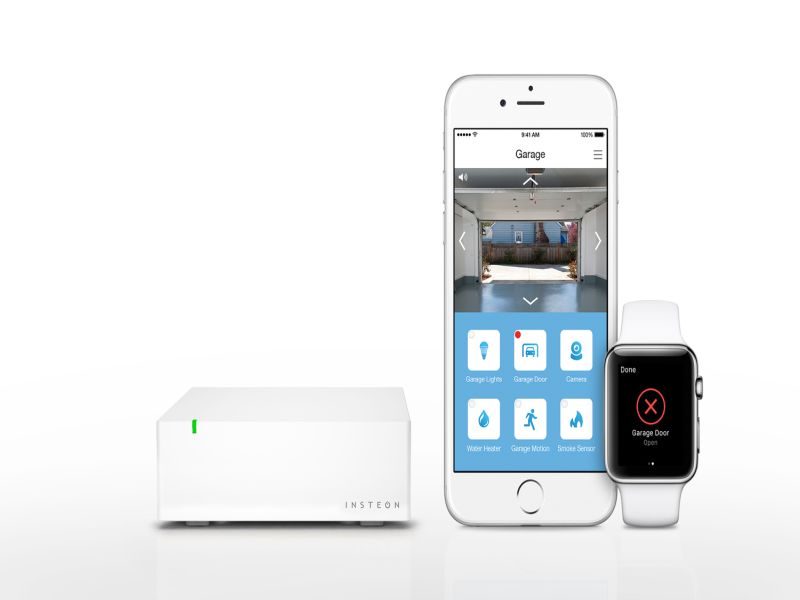
Insteon is another hub that you could install. It works well with HomeKit and you can install Insteon with devices compatible with it or with HomeKit. This hub doesn’t support wifi cameras or color changing light bulbs, but advances in HomeKit may enable it to do so in future.
Lowe’s Iris hub
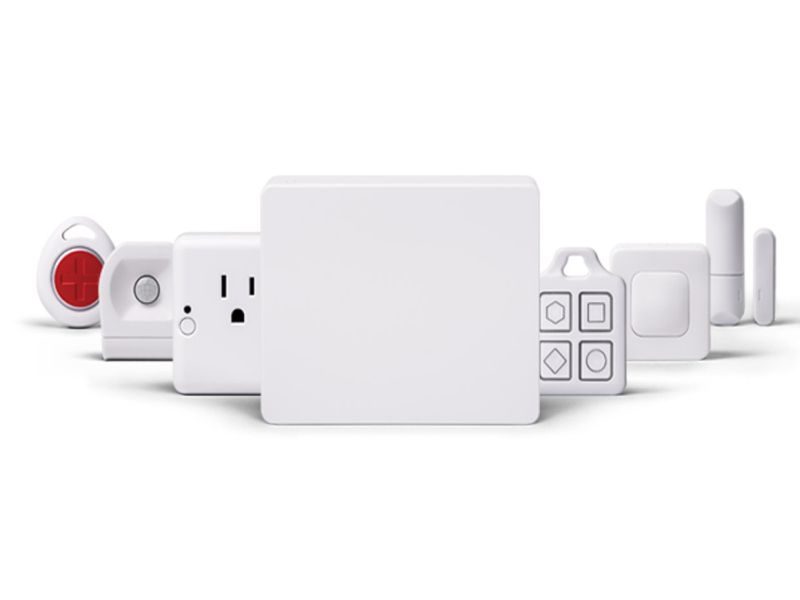
The Iris hub from Lowe is another hub for your smart gadgets. It is free to use after the initial purchase, but you have to pay a monthly charge if you want to access advance features like one gadget triggering another, or video recording. It is not compatible with IFTTT or Nest, but has battery backup.
PEQ
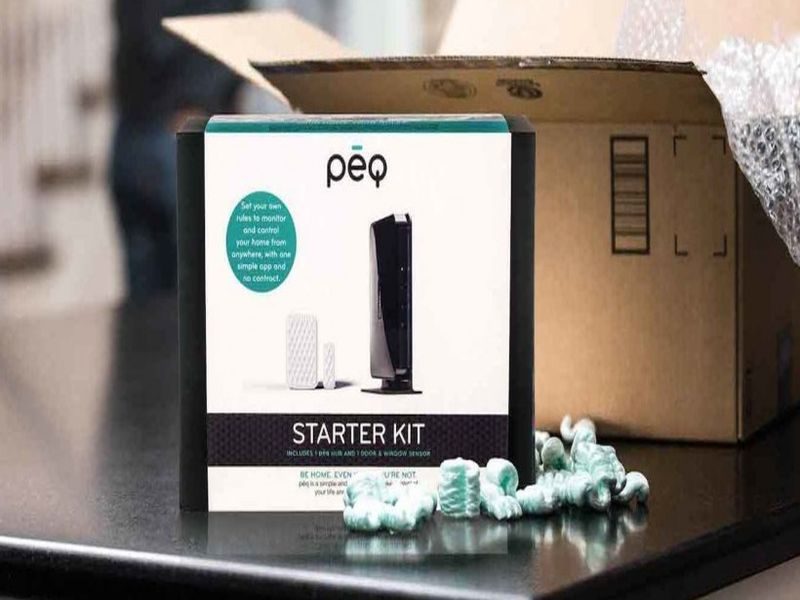
PEQ makes your home automation simple via multiple connected home package deals for a fee. Its interface and logic is well-thought out. It has limited functionality. It does not support IFTTT or save the photos and videos you record with PEQ cameras.
Lutron Caseta smart lighting hub
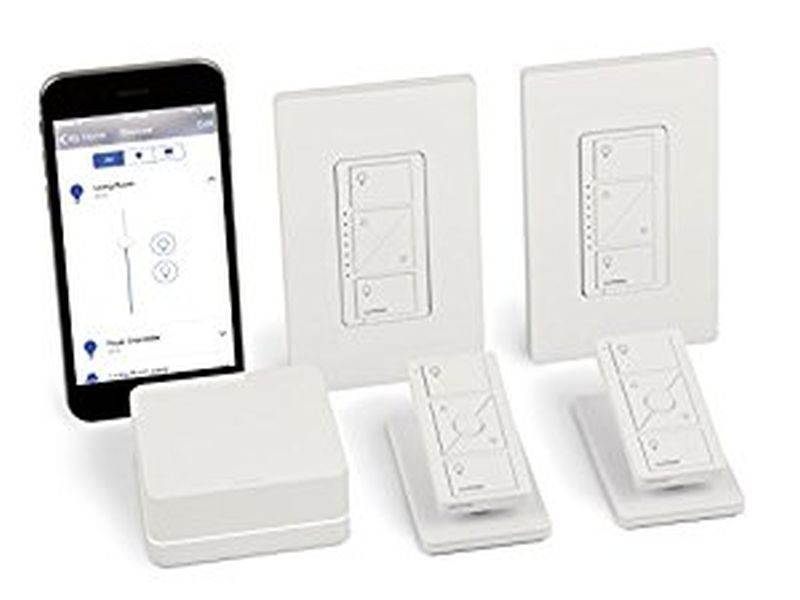
The Lutron Caseta can be used to control window shades and lights, and is compatible with HomeKit and Clear Connect. It can control the home lighting and the devices which appear in the app due to HomeKit. Locks and sensors are not in its range, however.
HomeKit, Echo hubs
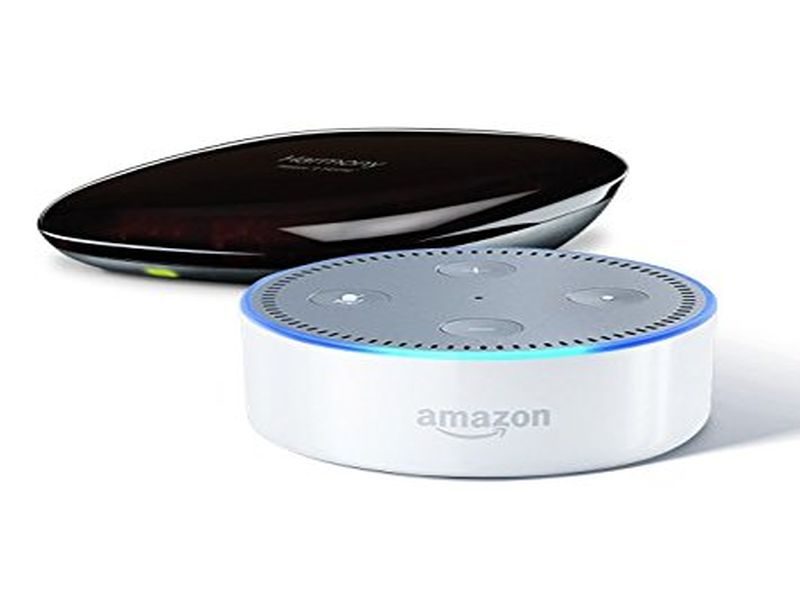
Apple has its HomeKit hub for products are compatible with its software and hardware and interacts with smart devices through Siri, its voice control program. Amazon has Echo, Tap and Dot, the internet connected speakers activated via Alexa, the voice control program.
As more and more smart gadgets become available in the market – from thermostats, security cameras, locks and lights, it makes sense to control them with one central hub. Most hubs can connect all your devices to the cloud and with one app, you can control your home automation from your phone.



